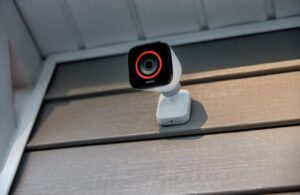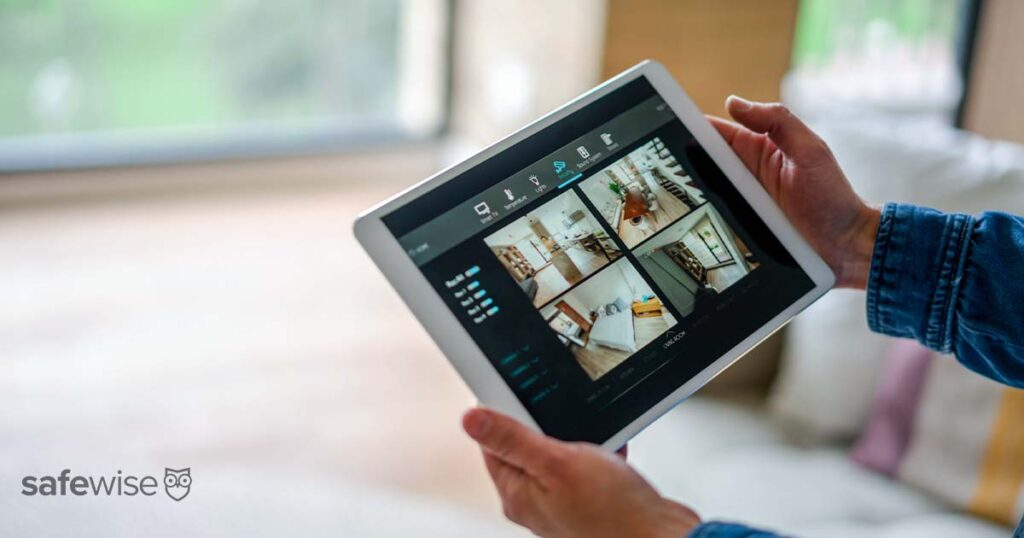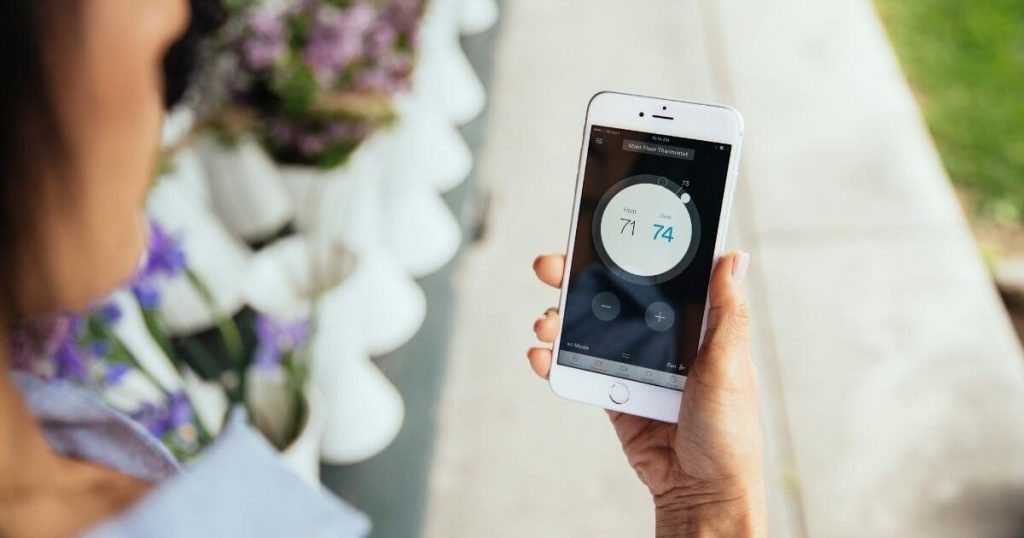Not all camera and system pairings are equal, so let's dig into the details to help you set your priorities when choosing a security system and camera combo for your home.
For some context, a security provider rarely designs the cameras and system simultaneously—it's a "chicken or egg" problem, where one usually comes first. While both approaches ultimately yield similar results, they offer different strengths. Still, some companies bypass this problem wholesale through strategic partnerships. Here's a quick rundown.
Camera-first systems typically come from brands that successfully sell standalone security cameras at retail. Because these cameras work without security systems, the market is extremely competitive. It's perfectly normal for a brand to release multiple new cameras yearly and even sell a range of models for every budget. You're also more likely to see variants like solar-powered, floodlight, and pan-and-tilt cameras.
These brands see security systems and professional monitoring as upgrades for enhancing cameras. As a result, you'll likely see fewer sensor options. But the main drawback is limited support for cellular backup. Of the three brands above, only Ring Alarm offers cellular backup with the professional monitoring plan—Arlo requires an accessory, and Wyze lacks the feature altogether. However, Arlo and Wyze make up for this through video verification, a service Ring lacks—unless you pay a staggering amount for Ring Virtual Security Guard.
A system-first approach means the cameras came after sensors and monitoring. While the cameras aren't necessarily an afterthought, their main purpose is usually to increase revenue by upselling customers to a pricier monitoring plan. These cameras often work well enough, but play it safe by sticking to basic features. Innovative camera features only sometimes bring in customers, making them a risky investment.
In our experience, cameras designed to work with security systems are usually underwhelming compared to standalone home security cameras. A brand that only intends its cameras to work with a system tends to overlook local video storage, robust controls, and smart motion detection.
We understand that compatibility and reliability are important when integrating a camera with a security system, but it shouldn't come at the expense of a great user experience. No matter how hard system-first brands try to design excellent cameras for their systems, they can't keep up with standalone cameras.
Vivint is one of few system-first brands investing heavily in security camera development. Although Vivint cameras don't work without a Vivint system, they manage to offer local video storage and lurker detection. Unfortunately, Vivint also excels at passing its R&D costs along to customers by selling the most expensive home security cameras among security providers.
In recent years, some system-first brands have been changing the game through high-profile partnerships—at least at the national level. It's a simple premise: Why design cameras in-house or use a white-label camera when you can draw in customers with a popular security camera's name recognition?
The latest examples of this are Cove and ADT. As far as we know, Cove helped jumpstart this idea by working with some YI cameras at launch—though its current partner is Eufy.
But the gears really started turning when ADT partnered with Google Nest. We were skeptical at first, but ADT's equipment has never been better, and it's the only way to use a Google Nest Cam with professional monitoring. Before this, ADT's cameras were wholly forgettable, and Google's priorities shifted away from the Nest Secure DIY security system.
We can't say whether this approach will take off with other brands, but it looks promising. Maybe we're putting the cart before the horse, but we can see this evolving into a symbiotic ecosystem where security systems say, "Bring your own cameras." Considering the Matter smart home standard will eventually support security cameras, it's not much of a stretch.




